I've been in Holland for about 3 weeks now. Started withA Home-Food Production Workshop in Eindhoven, followed by the entertaining Ignite Fest in Amsterdam, then two workshops in Rotterdam (Permaculture Entrepreneurship and Home-Scale Sustainability with Varvara from Rahovitza).
I got the pleasure of meeting urban gardener and blogger Max and fellow Permaculture teacher Marenke Spoor. Both are based in Rotterdam and are great local resources to anyone in the region looking to get more involved.
In the meantime, I also got to visit my friends in Leeuwarden at the Leer School Permacultuur, for which we are organizing a design workshop on January 14th. This workshop will be especially different from the ones I have taught so far. Very design intensive and extreme interactive. It will be taking place on a dairy farm near Leeuwarden, for more information, contact Irma ([email protected]).
The motivation behind the title of this blog post is the fact that everything here is absolutely controlled and governed by human industry. Even the water table. It's nuts! Personally, I cannot say I have ever in my life seen
an environment so regulated. The Dutch are so rich with water and moisture in their landscape. There is the possibility of creating so much edge in the garden. My dreams of participating in the design of a "Chinampas" system could become a reality here in Holland. However, with the rich water resources, there is also the impending doom that the sea might one day decide to take back some of its land if the human-regulated systems
malfunction or the society no longer has the energy to maintain the levies. But it seems as though the Dutch have a very good grasp of how to handle this. I visited a group of Perma/dynamic enthusiasts near Appeldoorn last week and they seemed to have the right idea with focusing on mobile structures such as yurts and caravans; since the wetland ecosystem is always shifting, one never knows when it is time to just get up and go.
The Dutch have been earth movers for generations. That is how they have been able to master the swampland, but unfortunately the high amount of industrial development in the region has anhialated most of the original biodiversity. Since there is so much water here, there is potential to bring that biodiversity back very quickly. This abundance of water moderates temperature and contributes to Holland's mild winter and cool summer. Though unless the Dutch gardener begins to adapt his garden to the wetland environment (i.e. focus on plants that enjoy a high water table and soggy poorly-drained soil), then the water here can become quite cumbersome as shown through all the energy spent growing the popular grocery store vegetables here. The concept of a "swale" has radically different applications in this climate than my own (Bulgaria). The landscape is flat, and there are puddles of water all around. It is a wetland, a river delta. An ecosystem in which soil is created and washed away very fast.
Where I am used to swaling a landscape to capture water, the Dutch need to dig (or create hills) to protect their plants from the water. The water is here. There is no need to capture it. The focus is on making sure it is clean and well maintained. Knowing that the water table is highly regulated, I would be interested in learning about how.
What are the modern mechanisms that control the water table in Holland?
I have studied many maps of this place (elevation, soil quality, population densities), but have yet to find one that charts the actual "water control" stations. Does anyone know where I could find one that would show me the hydrology of the region?
I would also like to look at a distribution map of industrial activity. Where can we expect the most amount of pollution?
Another interesting view is how this place looked originally. Comparing that, to a modern-day map is mind blowing! I would love it if someone can explain to me some history.
I have plenty more questions about this region. This tour has taught me now important it is to "get to know a place" when teaching permaculture. Please find me on facebook and skype if you are from Holland and are fairly knowledgeable about its landscape and history.
Skype: mihailkossev
FB: Mihail Kossev
I got the pleasure of meeting urban gardener and blogger Max and fellow Permaculture teacher Marenke Spoor. Both are based in Rotterdam and are great local resources to anyone in the region looking to get more involved.
In the meantime, I also got to visit my friends in Leeuwarden at the Leer School Permacultuur, for which we are organizing a design workshop on January 14th. This workshop will be especially different from the ones I have taught so far. Very design intensive and extreme interactive. It will be taking place on a dairy farm near Leeuwarden, for more information, contact Irma ([email protected]).
The motivation behind the title of this blog post is the fact that everything here is absolutely controlled and governed by human industry. Even the water table. It's nuts! Personally, I cannot say I have ever in my life seen
an environment so regulated. The Dutch are so rich with water and moisture in their landscape. There is the possibility of creating so much edge in the garden. My dreams of participating in the design of a "Chinampas" system could become a reality here in Holland. However, with the rich water resources, there is also the impending doom that the sea might one day decide to take back some of its land if the human-regulated systems
malfunction or the society no longer has the energy to maintain the levies. But it seems as though the Dutch have a very good grasp of how to handle this. I visited a group of Perma/dynamic enthusiasts near Appeldoorn last week and they seemed to have the right idea with focusing on mobile structures such as yurts and caravans; since the wetland ecosystem is always shifting, one never knows when it is time to just get up and go.
The Dutch have been earth movers for generations. That is how they have been able to master the swampland, but unfortunately the high amount of industrial development in the region has anhialated most of the original biodiversity. Since there is so much water here, there is potential to bring that biodiversity back very quickly. This abundance of water moderates temperature and contributes to Holland's mild winter and cool summer. Though unless the Dutch gardener begins to adapt his garden to the wetland environment (i.e. focus on plants that enjoy a high water table and soggy poorly-drained soil), then the water here can become quite cumbersome as shown through all the energy spent growing the popular grocery store vegetables here. The concept of a "swale" has radically different applications in this climate than my own (Bulgaria). The landscape is flat, and there are puddles of water all around. It is a wetland, a river delta. An ecosystem in which soil is created and washed away very fast.
Where I am used to swaling a landscape to capture water, the Dutch need to dig (or create hills) to protect their plants from the water. The water is here. There is no need to capture it. The focus is on making sure it is clean and well maintained. Knowing that the water table is highly regulated, I would be interested in learning about how.
What are the modern mechanisms that control the water table in Holland?
I have studied many maps of this place (elevation, soil quality, population densities), but have yet to find one that charts the actual "water control" stations. Does anyone know where I could find one that would show me the hydrology of the region?
I would also like to look at a distribution map of industrial activity. Where can we expect the most amount of pollution?
Another interesting view is how this place looked originally. Comparing that, to a modern-day map is mind blowing! I would love it if someone can explain to me some history.
I have plenty more questions about this region. This tour has taught me now important it is to "get to know a place" when teaching permaculture. Please find me on facebook and skype if you are from Holland and are fairly knowledgeable about its landscape and history.
Skype: mihailkossev
FB: Mihail Kossev
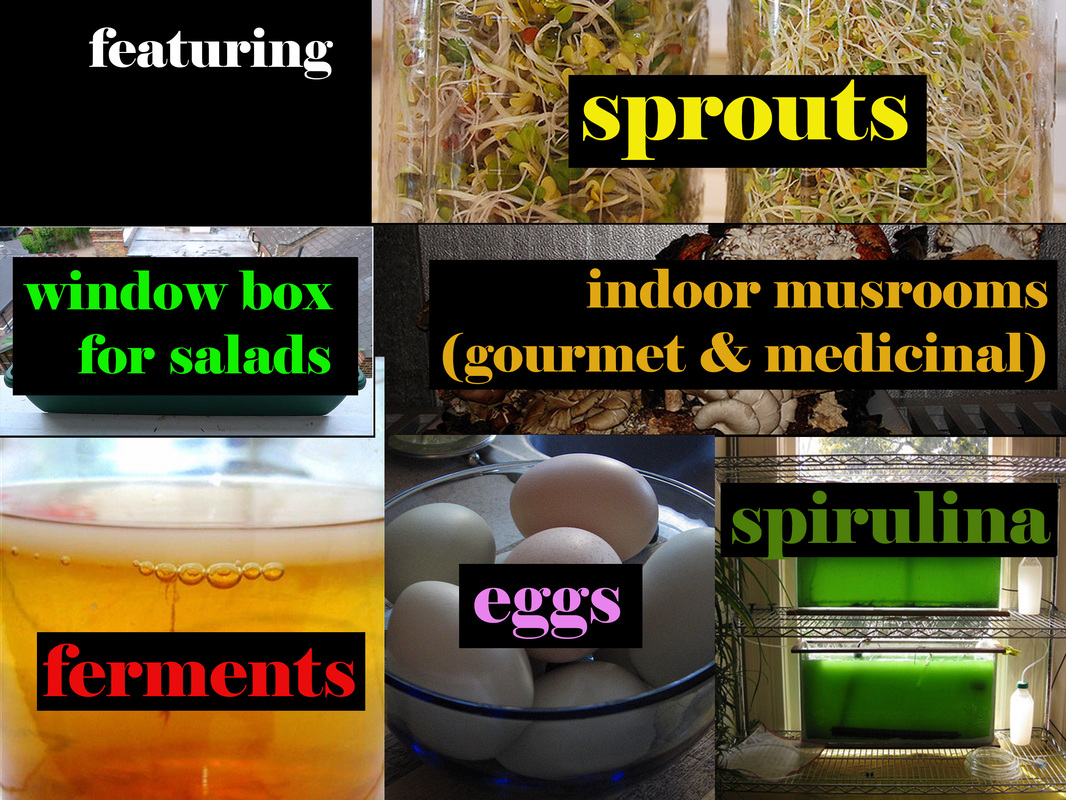
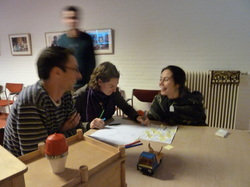
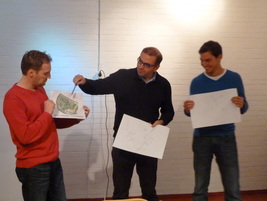
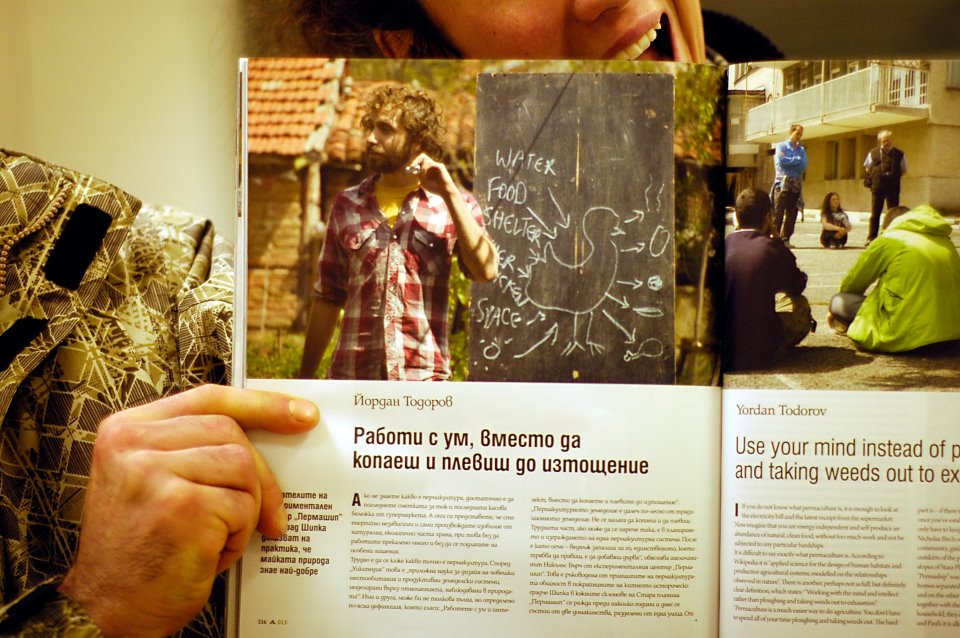
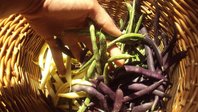
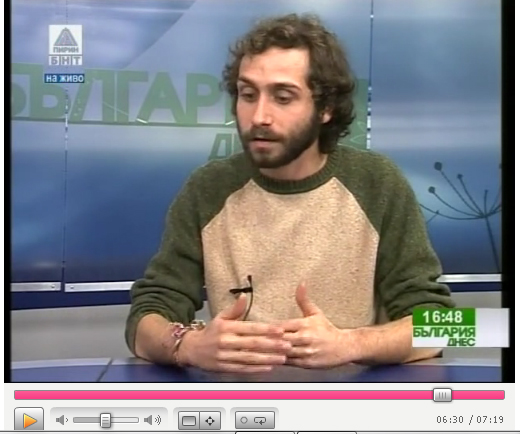
 RSS Feed
RSS Feed